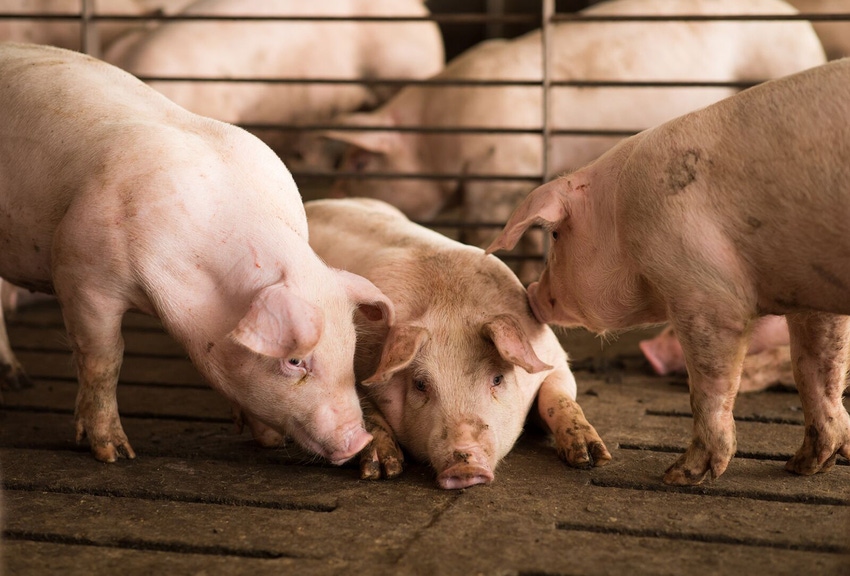Study highlights hog pricing trends
NPPC works closely with committees to advocate for improvements to Livestock Mandatory Reporting and other tools, such as USDA’s Swine Contract Library.
April 29, 2024

In a policy brief published by Iowa State University Center for Agricultural and Rural Development, economists apply the USDA's Livestock Mandatory Reporting data to identify changes in how producers have priced hogs over time.
Ever.ag Chief Livestock Economist Steve Meyer and Iowa State University Associate Professor and Extension Economist Lee Schulz examined various pricing mechanisms across three time periods and found that, in all but one instance, average negotiated prices have been lower than other categories. For all time periods studied, negotiated prices have been the most variable. Additionally, the average negotiated price has the largest coefficient of variation, indicating greater relative price risk than other pricing categories.
Since wholesale pork volumes and prices became mandatory under LMR in 2013, producers and packers have been increasingly using USDA’s calculated pork cutout value as a pricing mechanism for hogs. Meyer and Schulz found that, for all three time periods, the cutout value was less variable than average negotiated price, which may help explain the declining share of hogs priced through negotiated sales and increased use of the pork cutout for hog pricing formulas.
The report also analyzes seasonal trends in hog slaughter, packer gross margins, and the relationship between hog prices and cutout values, which may serve as important considerations for producers interested in cutout-based pricing.
The National Pork Producers Council supports the right of producers to enter into agreements of their choosing and advocates for transparent and reliable price reporting data that allows them to make informed decisions. NPPC works closely with its producer-led committees to identify and advocate for improvements to LMR and other information tools, such as USDA’s Swine Contract Library, to ensure that accurate and dependable market information remains available from USDA.
In their latest Capital Update, NPPC notes that methods for buying and selling livestock have evolved in recent decades.
"Since 2001, LMR reports have offered transparent information on price trends, as well as various purchase and sales methods. USDA publishes seven daily and two weekly reports for swine, as well as four daily and 12 weekly reports on wholesale pork, capturing approximately 96% of the hog and pork industry.
"As pork industry participants continue adapting to changing market environments, it is critical that the values published in USDA reports and used for base price determination are accurate and representative of supply and demand conditions."
You May Also Like


.png?width=300&auto=webp&quality=80&disable=upscale)
